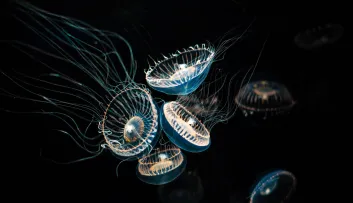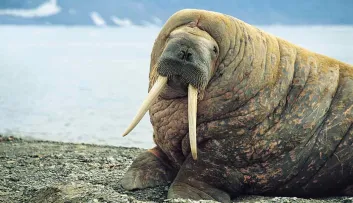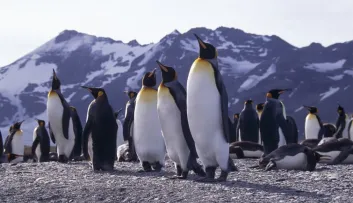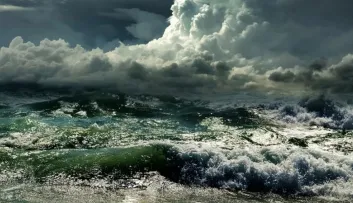Blue Innovation 11mn
Marine biomimicry
What inspires the invention of flexible microelectrodes or the ultra-resistant adhesives for industry? The observation of marine animals!
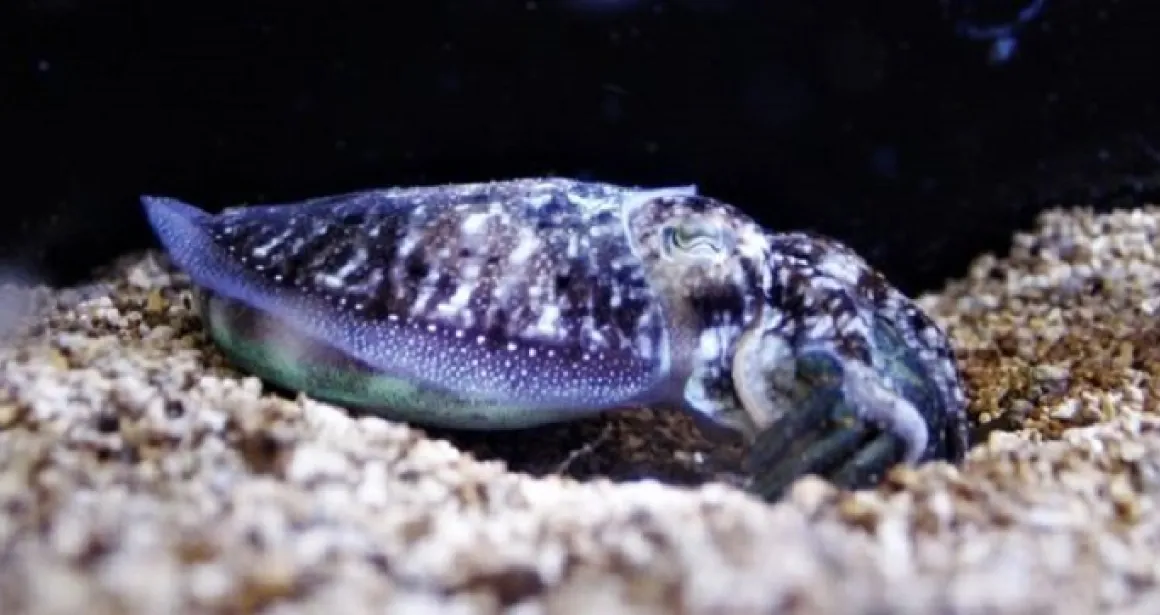
Biomimicry in the marine environment
"The term "biomimicry" was coined by the engineer, inventor and scientist Otto Schmitt in the 1960s. This new word was added to the Larousse dictionary in 2014, which gives the following definition: biomimicry is the technological application of properties seen in nature."
What is biomimicry?
Biomimicry refers to an innovative process that draws inspiration from living organisms to capitalise on solutions and inventions produced by nature. This discipline consists of observing and reproducing the essential properties of one or more biological systems with the aim of designing shapes, materials and processes that are both innovative and sustainable. These innovations enable humans to improve their day-to-day lives by drawing inspiration from the specific qualities of living organisms.
"This is also referred to as bio-inspiration."
Where does biomimicry come from?
Mankind has always taken an interest in nature as a way of improving its living conditions and finding solutions to its problems. Even the earliest activities such as fishing and hunting were inspired by animal behaviour.
As early as antiquity, human beings began to develop theories to advance research and science. They based them on observations made in the natural environment. After a process of reflection and analysis, these observations led to conclusions and the formulation of scientific theories that were of value for the advancement of science.
"Even Leonardo da Vinci took inspiration from nature. From observing birds and bats, he devised a variety of innovative machines to enable humans to do something they could not do naturally: fly!"
In the 1960s, scientific and technical advances paved the way for biomimicry. By observing flora and fauna, people became more interested in applying their natural principles to human inventions. The fields concerned include, for example, pharmacology and medicine. Mankind harnessed the capabilities of living organisms to produce biological molecules that it could not synthesise: a link between nature and the technological world was created.
In 1997, the American scientist Janine Benyus suggested observing the genius of nature and then mimicking it in the design of objects and systems. Plants, animals, micro-organisms, algae, ecosystems: everything is a source of knowledge and solutions to human problems.
"For Janine Benyus, "in terms of Research & Development, nature is 3.8 billion years ahead of us". It is no longer a question of exploiting nature but of mimicking it. Exploiting nature will inevitably lead to the disappearance of species; therefore, we should opt for a sustainable management of its resources, which can be achieved through biomimicry."
Biomimicry would then make it possible to achieve a sustainable balance between Mankind and the Earth, with the objective of "zero waste, zero pollution".
Why are we interested in marine biomimicry?
200 years ago, mankind created a society focused on industrial progress. Extraordinary achievements have been made. However, the economic system in which we live today is on its last legs. At the beginning of the 21st century, humanity is becoming increasingly aware of how fragile the planet is and how limited resources are.
New discoveries are constantly highlighting the genius of nature and its infinite possibilities.
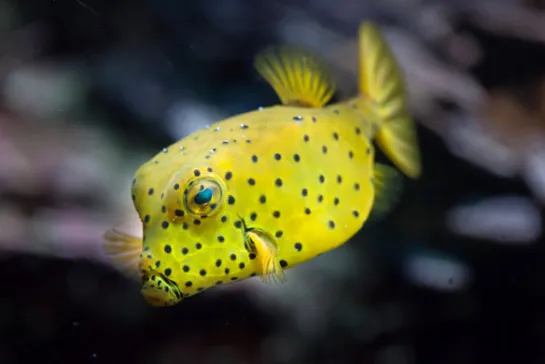
The challenges of marine biomimicry
Environmental Challenges
The oceans cover three quarters of the Earth's surface, contain 97% of the planet's water reserves and represent 99% of its living space in terms of volume. Over 50% of the world's population lives on the coasts; this figure will rise to 75% by 2025.
However, the resources of the oceans and the planet as a whole are limited. The non-governmental organisation Global Footprint Network calculates the day each year when the planet's "yearly ecological budget' is exceeded.
After the specified date, for the rest of the year, our consumption results in a growing ecological deficit that will draw on natural resource stocks and increase the accumulation of CO2 in the atmosphere. In 2015, the threshold was reached on the 13th of August, whilst in 2016, it was reached on the 8th of August. In 2017, the threshold was reached on the 2nd of August. In 2018, the day of planetary overshoot if humanity led the lifestyle of the French was the 5th of May.
In the "Etude sur la contribution du biomimétisme à la transition vers une économie verte en France" (Study on the contribution of biomimicry to the transition to a green economy in France) by the CGDD (French sustainable development office), it is stated that: "The physical and biological limits of the planet therefore require us to re-examine the mechanisms of the living world, not only on the scale of species but also on the scale of ecosystems, in order to find innovative solutions within these limits, in terms of products, processes and organisations. According to a 2007 report by the French Senate, biomimicry is "one of the toolboxes of the fourth industrial revolution".
Economic Challenges
The scarcity of natural resources is having a direct impact on the current economic system. However, nature is an inspiration first and foremost because of its efficient "management of resources".
To quote LAVOISIER's famous phrase "nothing is lost, nothing is created, everything is transformed"; there is no such thing as "waste" in a natural ecosystem. Everything is used and recycled continually.
The idea of applying this to our own activities has notably been popularised by Ellen MacArthur and Gunther Pauli. This is the circular economy.
The Blue Economy concept stems from the Rio+20 Green Economy initiative. It is based on the principles of human welfare, social equity, reducing environmental risks, and resource efficiency in relation to the sea. It also incorporates the importance of knowledge derived from this environment.
Blue Society
There is a project that puts the Ocean at the heart of our lives and contributes to sustainable development and human welfare: the Blue Society.
"It urges us to preserve the sea, to appreciate the infinite range of solutions it contains and then to adopt them and share the benefits". Thus, the notion of biomimicry is important to the Blue Society and is a response to its challenges.
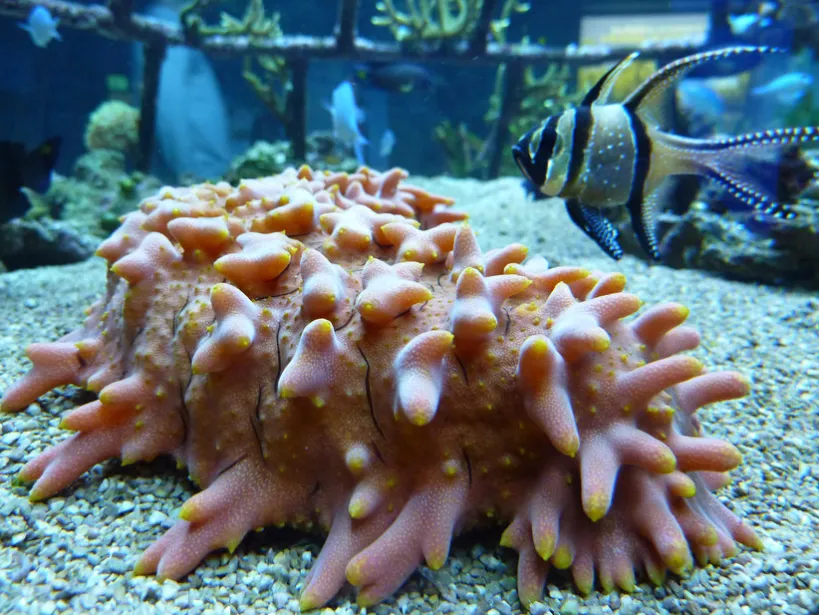
Implemented Applications
The application of imitations and inspirations derived from nature covers shapes, processes, properties as well as ecosystems.
Some examples in fields as diverse as everyday life, health, energy, transport, etc. are given below.
The application examples in this section are real. Prototypes already exist, are in use and in some cases, are being marketed.
In the medical field
- Sea cucumber: The ability of their skin to become softer or stiffer depending on the environment inspired the creation of flexible microelectrodes to be implanted in the brain for more effective treatment. This could be used to treat Alzheimer's disease.
- Octopus: Engineers have taken inspiration from the characteristics of octopus tentacles to develop a prototype robotic arm. This medical robot, which is used in surgery, can bend, slide and stiffen to allow surgeons to gain access to hard-to-reach areas of the human body without damaging any organs.
- Jellyfish: The "green marker", used in medicine and chemistry, was copied from the chemical component of the jellyfish Aequorea Victoria. It signals the processes that take place in a cell, which has led to many discoveries in genetics.
- Great scallop: By mimicking the way scallops move, researchers have developed a motorless, battery-less micro-robot that can be used to fit medical devices inside the body. It can even travel through the bloodstream.
In everyday life
- Boxfish: Its box-shaped body and hydrodynamics inspired the design of the Mercedes-Benz Bionic-Car, a vehicle with a light structure and amazing aerodynamics.
- Shrimp: The properties and constituents of shrimp shells inspired the design of shrilk, a type of inexpensive and biodegradable plastic. Chitin, an element that makes up the shell of shrimp, is used in various fields such as medicine, cosmetics, surgery and even wastewater filtration.
- Sea sponge: Scientists have discovered that some marine sponges possess structural properties that make them mechanically rigid and stable, despite their fragile internal components. Consequently, architects have been able to construct buildings with original shapes using innovative materials that were thought to be too fragile.
- Spiny lobster: The shell of the lobster, which is made up of alternating solid and flexible layers of chitin, was the inspiration for Franci Lodato's mobile phone cases.
Other applications
- Mussel: Its ability to stick to rocks or boat hulls in salt water paved the way for scientists to develop water-resistant adhesives.
- Sea urchin: The sea urchin's mouth and teeth served as a model for a gripper capable of sampling sediments on other planets such as Mars.
- Moray eel: Have you noticed the undulating movement of moray eels? The Eel energy tidal turbine is modelled on the undulating movement of aquatic animals. It provides renewable energy, with industrial deployment set to begin in late 2016.
- Shark: An antibacterial but non-toxic coating simulating shark skin has been developed by the American company Sharklet.
- Kelp: The Biowave water turbine mimics kelp, both in the way its foliage undulates and in the way it attaches itself to the seabed.
- Cuttlefish: The Sepios underwater robot was modelled on the cuttlefish. With its four fins and mechanical swim bladder, the robot is perfectly buoyant.
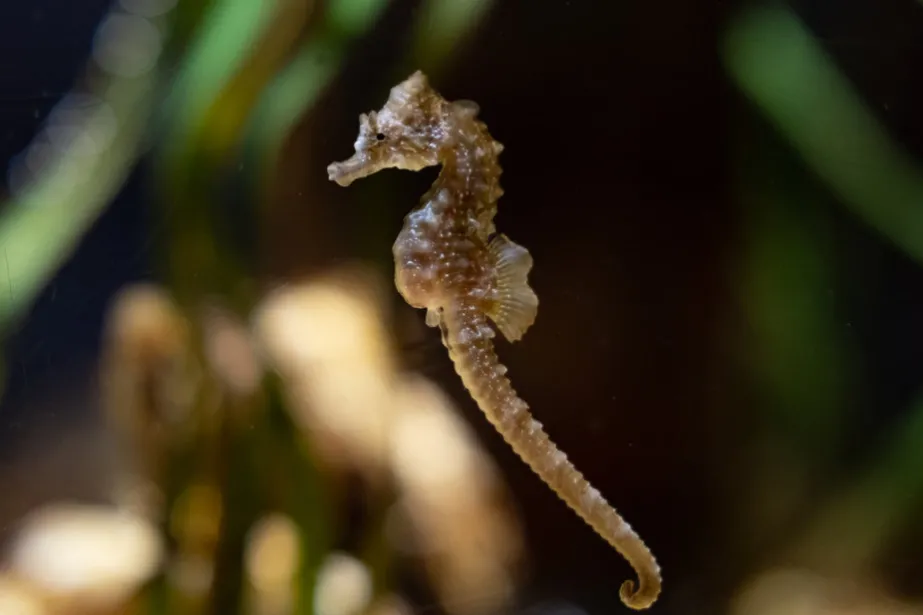
Applications under study
The application examples in this section are under study with far-reaching prospects.
In the medical field
- Seahorse: The joints and flexibility of the prehensile tail of seahorses are providing inspiration for the design of new robots or defence systems, particularly in the medical field.
- Sea star: An enzyme present in human cells is also found in abundance in the eggs of the spiny sea star Marthasterias glacialis. Depending on its state, this enzyme allows cells to divide or prevents them from dividing. A bio-inspired application to prevent the proliferation of cancer cells is what scientists from the Cancer Research Campaign, University of Newcastle, are working on.
- Octopus: Experiments have created an artificial fabric inspired by the skin of the octopus. Like this cephalopod, the fabric can change its texture and colour to blend in with the environment: this fabric should improve camouflage techniques in the army. It could even lead to the creation of a real invisibility cloak...similar to the one seen in the Harry Potter films!
Other applications
- Penguin: If the penguin were a vehicle, it could travel 1500 km on a single litre of fuel! Its aerodynamics and the way it coordinates its movements inspired the German researcher Rudolf Brannasch, who made prototypes of boats and submarines.
- Limpet: Limpet teeth are highly resistant to traction thanks to their special composite structure. These characteristics, which are being intensively researched, open up new bio-inspired solutions to create stronger and lighter boat hulls and aircraft fuselages.
- Coral: A new material that mimics coral could help remove toxic heavy metals like mercury from the ocean
- Blotched fantail ray: The way stingrays move could inspire a new generation of submarines.
- Arapaima gigas: Its scales are being studied to create bulletproof vests.
For more information and sources
Articles and reports
Patricia Ricard. Le biomimétisme: s’inspirer de la nature pour innover durablement.
Journal Officiel de la République Française, Mandature 2010-2015 – Session of 9 September 2015, 15 September 2015
Hermine Durand- Under the direction of: Catherine Larrieu, Head of the Sustainable Development Delegation (CGDD/DDD) and Claire Hubert, Head of the Research Department (CGDD/DRI/SR). Étude sur la contribution du biomimétisme à la transition vers biomimétisme à la transition vers une économie verte en France une économie verte en France: état des lieux, potentiel, leviers. Commissariat Général au Développement Durable. Studies and Documents, n°72, October 2012
CRDD. Le biomimétisme. Ministère de l’Ecologie, du Développement durable, des Transports et du Logement – CGDD, February 2012
In English: Julian F.V Vincent, Olga A Bogatyreva, Nikolaj R Bogatyrev, Adrian Bowyer, Anja-Karina Pahl. Biomimetics: its practice and theory. Journal of the Royal Society Interface, 22 August 2006
Books
Mat Fournier. Quand la nature inspire la science.(Planète Bleue Prize 2012- Fine Books Category). Ed. Plume de carotte, 2011
Agnès Guillot and Jean-Arcady Meyer. Poulpe fiction. Quand l’animal inspire l’innovation. Ed. DUNOD, 2014
Anne Jankeliowitch and Jean Garrigue. Toutes les idées géniales qu’on a piquées à la nature. Ed. DELACHAUX & NIESTLE, 2013 (Pre-selection Planète Bleue Prize 2014)
Jeanine Benyus. Biomimétisme. Quand la nature inspire des innovations durables. Ed. Rue de l’échiquier, 2011
Gauthier Chapelle. Le vivant comme modèle. Ed. Albin MICHEL, 2015
PHOTO CREDITS
Biomimicry infographics: © Coralie Duperrin
